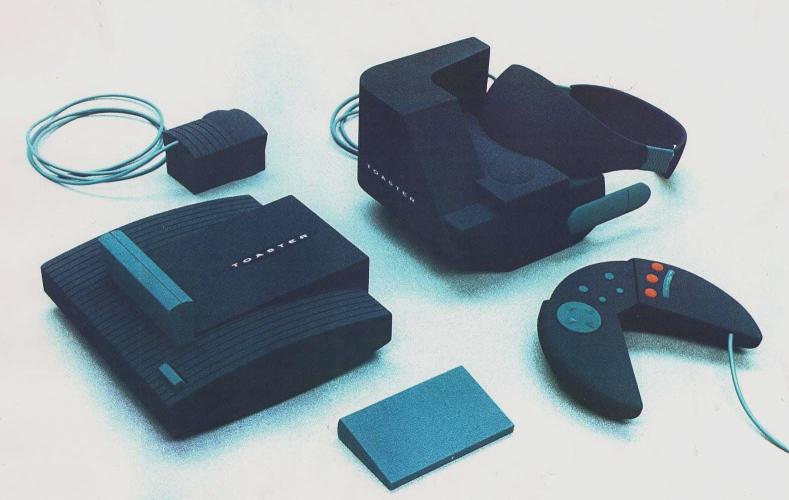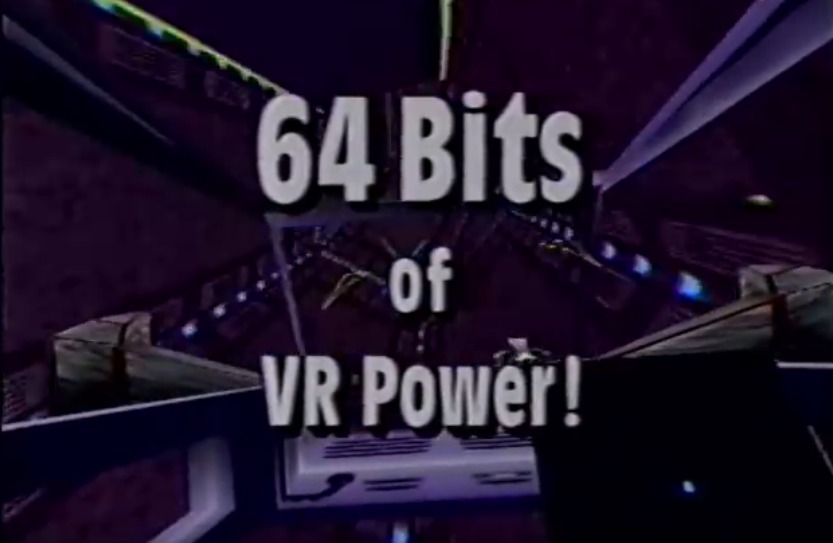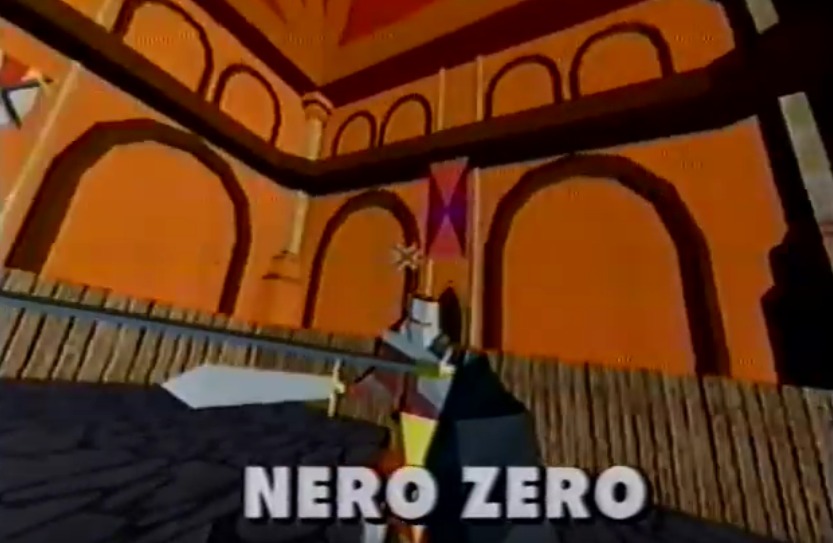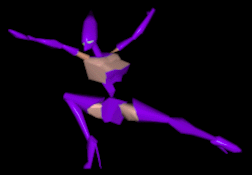Shatterman is one of the few games in development for the ill-fated Hasbro Toaster VR by Angel Studios (the modern Rockstar San Diego). The studio was founded in 1984 to create computer graphic videos for such projects as the legendary movie Lawnmower Man (1992).
We don’t know if Hasbro was impressed by the first person shooting segments of Lawnmower Man or if Angel Studios was chosen by coincidence, but those parts in the film could give us an idea about how Shatterman could have been conceived. At the time Angel Studios was still mostly a CG video production company. In fact, most of Shatterman’s team were recent college grads with little to no experience working on a commercial game.
However, they did have all the hardware needed to create awesome looking games thanks to Silicon Graphics workstations, one of the most powerful hardware at the time. This probably helped them join the legendary “Dream Team”, a group of studios organized by Nintendo in the mid ‘90 to create ambitious games for the “Project Reality” (the early codename for the Nintendo 64).
Shatterman could have been Angel Studios first game if the Hasbro Toaster VR would have not been canned in mid 1995. In 1996 they were finally able to release their actual first commercial game (along with Zono): Mr. Bones for the Sega Saturn.
Hasbro Toaster’s graphical power was probably over-hyped at the time as in reality its games would have looked somehow like a mix between Super FX Chip powered SNES games (StarFox) and early 3D arcade games (Virtua Racing or Virtua Fighter), with texture-less polygons and vivid colors. As recalled by Allen Battino, former Angel Studios’ Senior Art Director:
“I don’t remember much about Shatterman, but what I do remember is that he was designed to have the least amount of polygons possible while having a heroic look that would be glasslike and break up in shards effectively.”
While the default play view mode was third-person (with the camera right behind the in-game character), players would view the action through their VR goggles as in some kind of direct first person view. Once hit by too many shots, the character would break into pieces in a quite impressive effect (for the time). There’s not too much information known about Shatterman’s story. The plot would follow the life of Shatterman, a futuristic film-noir-inspired detective, who would drive from location to location as he takes out the bad guys.
Why he was driving and where he was driving remains cloudy, however the driving sections should be noted. Angel Studios was responsible for pioneering open world racing games with the popular PC-exclusive Midtown Madness in 1999.
Unfortunately, Hasbro’s technology and lack of real hardware made things a bit complex to create. As noted by Paul Skibitzke, one of the programmers who worked on Shatterman:
“The VR features we supported (3D rendering, stereoscopic rendering, head tracking) were not at all difficult to develop or use in a videogame. They’d been supported on our Silicon Graphics (SGI) hardware for a couple of years at that point, and the Angel Studios game engine was built with support for them.
However, actually using those technologies was hard on the body and mind. Between low frame rates, low goggle resolution, slow head tracking, and sheer weight of the goggles, you were likely to get nauseous and/or a sore neck after 15 minutes of using the hardware. So most of the time, we would test the game from the computer monitor, without goggles.
As far as the features of Hasbro platform itself, all our work was done on SGIs. We never actually got any Hasbro hardware! We were told that it would effectively be a game console, with orientation-sensing 3D goggles, and a controller.”
Only a single combat area and an early city driving prototype were completed before work on the project stopped.
For Angel Studios, Shatterman was an interesting proof of concept for the anticipated platform, but the lack of actual hardware to develop on made it clear that it was useless to plan a whole game for a vaporware console.
Shatterman was not the last virtual reality game that Angel Studios worked on. Their experience with VR helped them sign a contract with Disney to create the Virtual Jungle Cruise at DisneyQuest in 1998, which seems to still be available at the Disney World Resort in Orlando.
After releasing some other games for various consoles, such as the Resident Evil 2 port for the N64, the Midtown Madness series, and Smuggler’s Run, Angel Studios was bought by Take-two in 2003 and renamed Rockstar San Diego. They then moved on to work on such popular titles as Red Dead Revolver, Midnight Club and Grand Theft Auto V.
This article was originally published in our book “Video Games You Will Never Play”.




